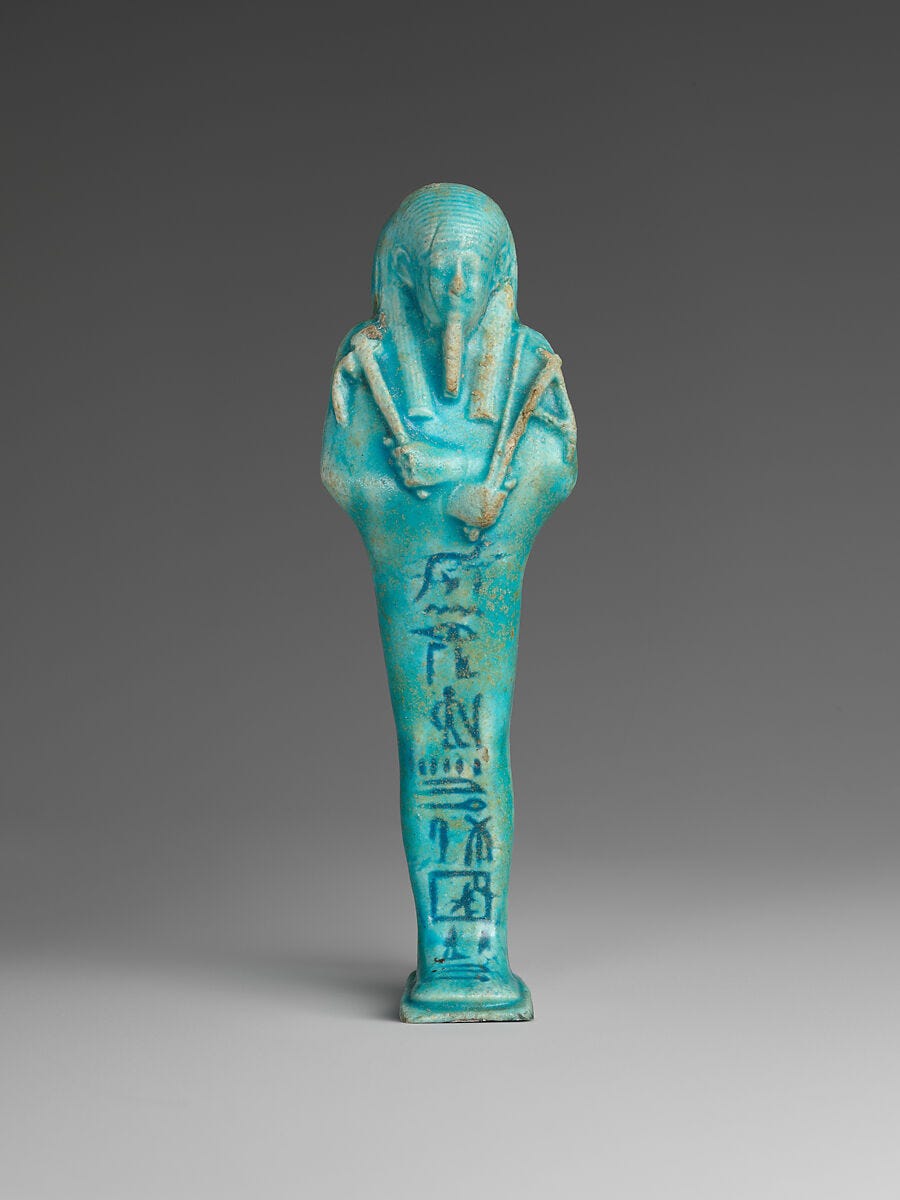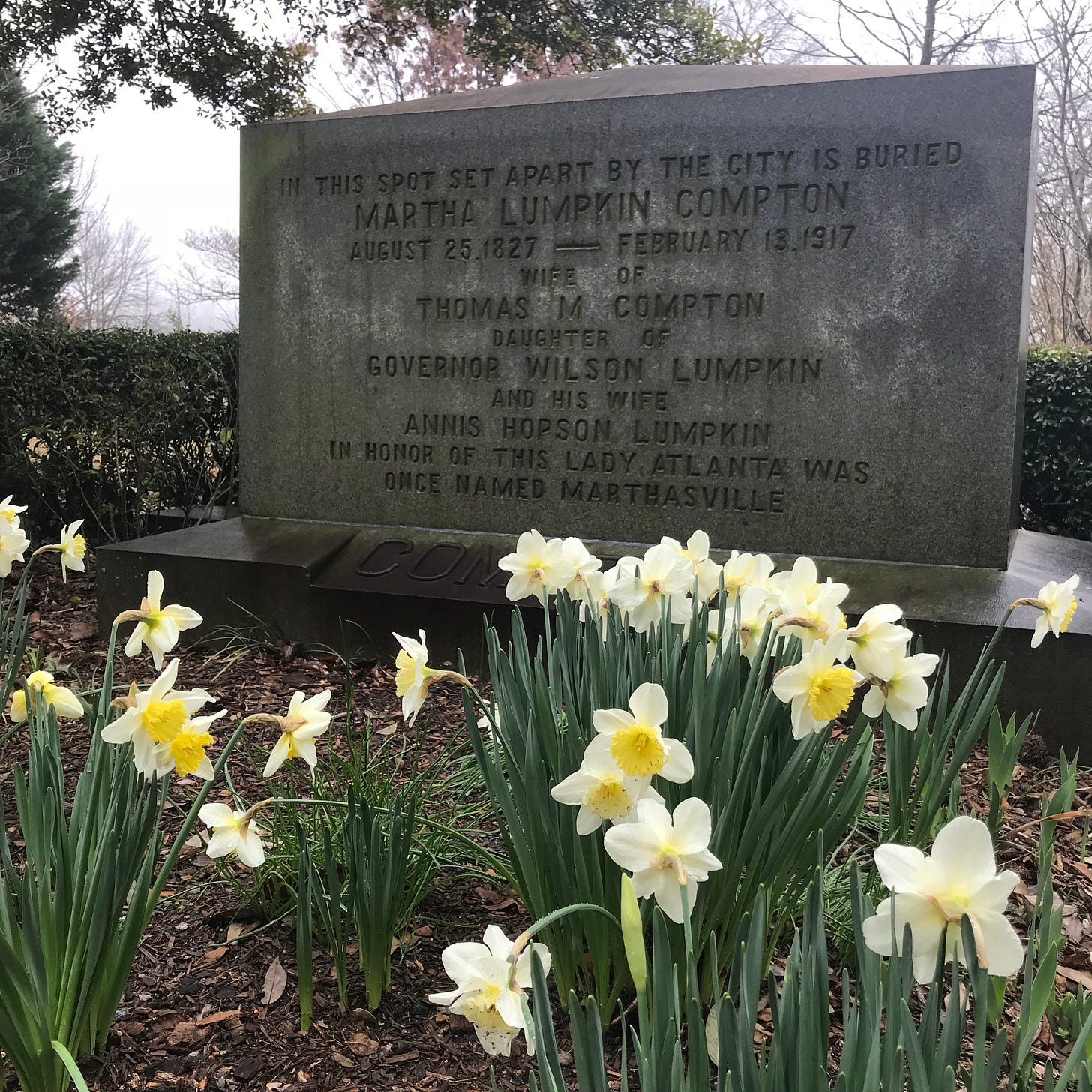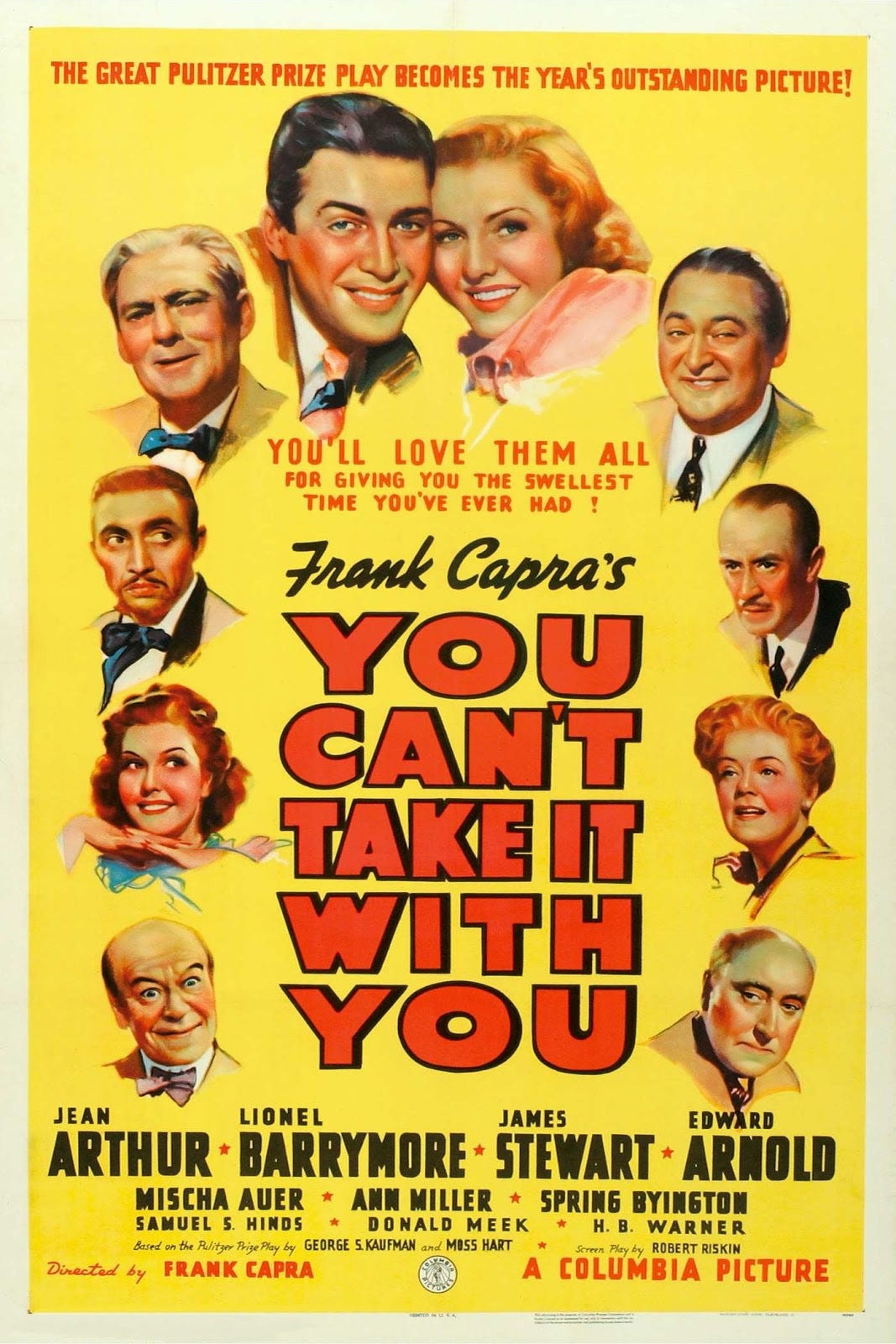David and I met some new friends in Amherst this past week who also moved here from Atlanta. We talked about what places we would transplant here if we could. We agreed it would be great if we could shop for produce and bulk spices at Your Dekalb Farmers Market. I mentioned that I would also want to bring Oakland Cemetery here, but it would be odd to have all the people who established Atlanta buried in Amherst instead.
Last November, I visited the nearby Quabbin Park Cemetery where thousands of graves were moved in the 1930s in order to build the Quabbin Reservoir, which supplies Boston’s drinking water. It’s strange to think that many of the folks reburied there died thinking they would spend eternity in their hometown only have those towns de-incorporated and flooded. The grave pictured below that features a weeping willow and double urns was one of my favorites. It includes this poem on the lower corner of the stone:
The rising morn does not issue To us another day For death stands ready at the door. To take our lives away.
You can’t take it with you is the title of 1936 Pulitzer prize winning play that was adapted into a 1938 movie directed by Frank Capra and starring Jimmy Stewart and Jean Arthur among others. The basic premise is that the son of a wealthy family falls in love with the daughter of a poorer family. The latter family is holding out on selling their home for a land project that would benefit the wealthy family. The two families meet, chaos ensues, and the patriarch of the poorer family asks what good hoarding wealth is if you can’t take it with you when you die.
The idea that you can’t take material goods with you into the afterlife is not culturally universal. In Ancient Egyptian funerary traditions, mummies were buried with grave goods that they could use in the next life like food and furniture. Wealthier Egyptians were also buried with shabti (servant statues) that would perform labor for the deceased in the afterlife.

Shabti from Egypt. 664–343 B.C. Collection of the Metropolitan Museum of Art. If you like semi-connected narratives and lists, I encourage you to check out Randy Osborne’s Substack Get Closer. I know Randy from the storytelling scene in Atlanta, and I am really enjoying reading his pieces on this platform. Here are a few recent ones that touch on death and memory:
Discussion about this post
No posts









